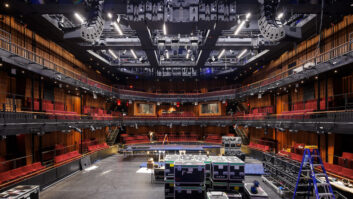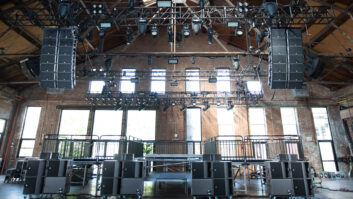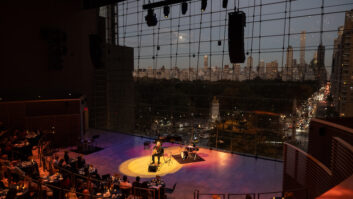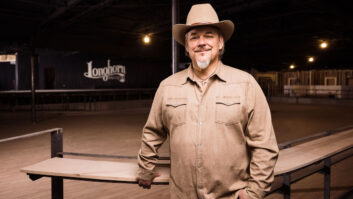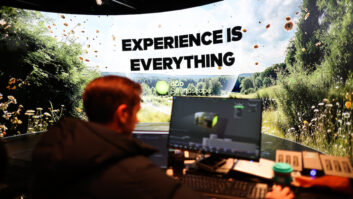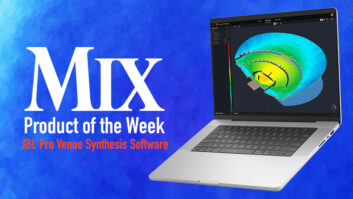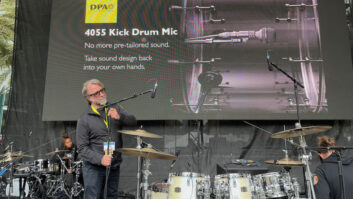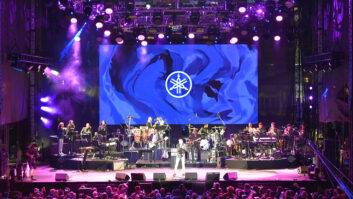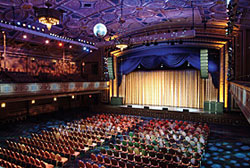
The Grand Ballroom features a new NEXO system.
Since opening its doors in 1906, Manhattan Center Studios (then called the Manhattan Opera House) has been at the core of New York City’s music community. The competing Metropolitan Opera offered original owner Oscar Hammerstein I $1.2 million to stop producing opera for 10 years, as Hammerstein offered less expensive seating. Hammerstein accepted the offer and began looking for other acts before eventually selling the building. After a number of changes in ownership, the building was renamed Manhattan Center in 1940, and hosted generations of world-class artists.
Fast-forward to 1986, when Manhattan Center Studios was formed to develop the site into a venue capable of hosting multimedia events. Audio recording facilities were expanded with the opening of Studio 4 in 1993. Studio 7 was rebuilt in 1996, when it was repurposed as a state-of-the-art control room to service all types of recordings and live events in the Hammerstein and Grand Ballrooms. Continuing to attract talent, the Hammerstein Ballroom underwent a major facelift in 1997.
Recently, the Grand Ballroom went under the upgrade knife, with the installation of a NEXO GEO S 12 Series line array system and two Yamaha M7CL digital boards (one at front of house, the other at monitors). The 10,000-square-foot space hosts live musical and theatrical productions, as well as corporate presentations and banquets. On the A/V side, the room links directly to Studio 7 and an in-house video control room. The room is also connected to the recording studios, allowing for large-scale music recording of live events.
“We had a healthy demand and had been renting in a system for some time,” says head of audio Roy Clark, who has been doing sound at the venue since 1979. “It made sense to make the purchase for the long-term investment. We chose the Nexo system after checking out several other systems from other vendors based on listening tests, overall package [including monitor system] and price. We really liked the sound and intelligibility of the Nexo, and our upper management — who are musicians, as well as business people — were moved by the beauty of the sound.”
Clark also says the venue has been using Yamaha boards for many years and chose to stay within the family due to the console’s “sound, ergonomics, reliability, guest friendliness and ‘bang for the buck.’”
